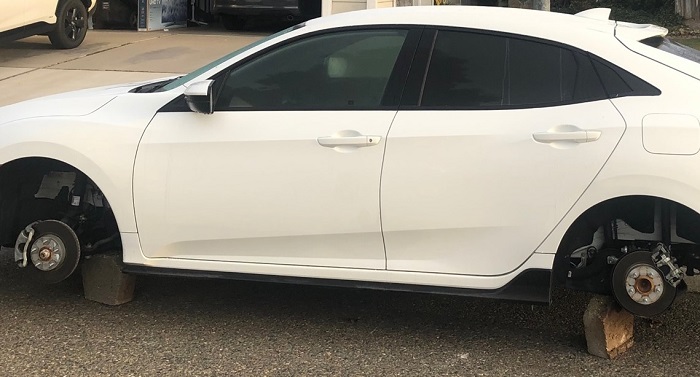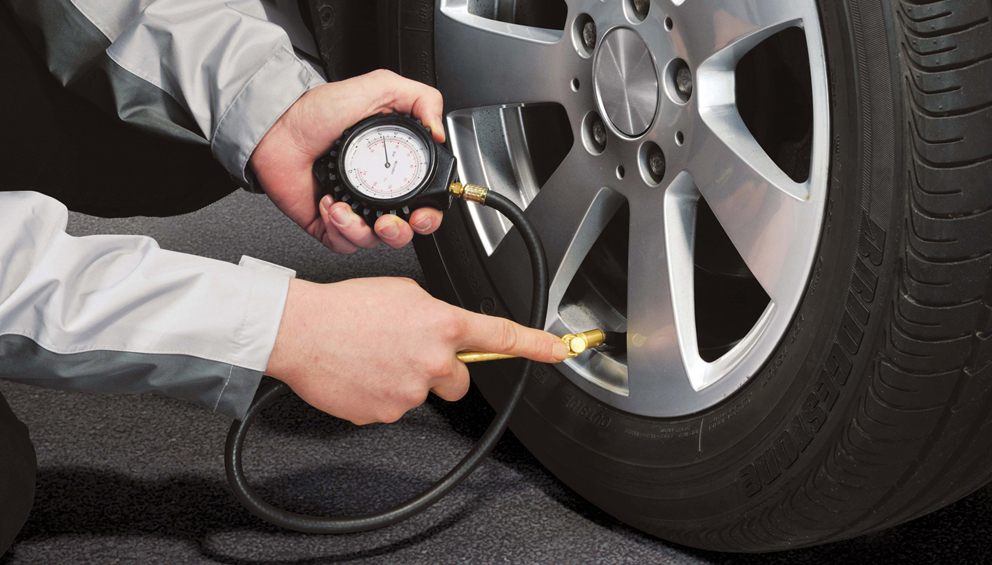Posted on 6/23/2025
Tired of wasting hours at the tire shop? At 106St Tire & Wheel, we believe your time is valuable. That’s why we’ve launched our Mobile Tire Shop—bringing our legendary tire expertise directly to your driveway, office, or wherever you are in Queens, Manhattan, Brooklyn, and Nassau Counties. Order Online, Relax, and Let Us Handle the Rest Shopping for tires has never been easier. With 106St Tire & Wheel, you can browse our massive selection of top tire brands online, choose the perfect set for your vehicle, and schedule ... read more
Posted on 6/23/2025

Nitrogen-filled tires have gained popularity among drivers seeking better tire performance and longevity. Here’s a balanced look at the advantages and disadvantages of using nitrogen instead of regular air in your tires. Pros of Nitrogen-Filled TiresSlower Pressure Loss: Nitrogen molecules are larger and less permeable than oxygen, so tires filled with nitrogen maintain their pressure longer. This reduces the frequency of top-ups and helps ensure you’re always driving on properly inflated tires. Check out Goodyear’s recommendation regarding Nitrogen in tires.Improved Fuel Efficiency: Proper tire pressure reduces rolling resistance, which in turn can improve fuel economy. Since nitrogen-filled tires are less likely to lose pressure, drivers may see slight gains in miles per gallon. Longer Tire Life ... read more
Posted on 6/13/2025

Looking to upgrade your vehicle’s safety and performance? At 106St Tire & Wheel, we have an unbeatable offer that makes it the perfect time to buy both tires and brakes together — ensuring your car is ready for the road ahead. Why Choose 106St Tire & Wheel? When you purchase 4 tires from 106 St Tire & Wheel, you’ll receive a FREE wheel alignment — a critical service that extends tire life, improves tread wear, enhances vehicle handling, and boosts fuel efficiency. Proper alignment ensures your new tires perform at their best from day one. But that’s not all. We’re also offering $100 off on 4 brake pads when you buy your tires with us. Brake pads are essential for your vehicle’s stopping power and safety. Replacing them together with your tires is a smart move that guarantees balanced performance and peace of mind ... read more
Posted on 4/26/2023

What do I do if my rims and tires are stolen off my car? Having your wheels stolen is an unfortunate event but here at 106St Tire & Wheel we are here to help make it as easy as possible. Here are some common questions people ask us. Do I need a police report if I have to submit an insurance claim? Yes. A police report detailing the theft is necessary. It is best to report the theft as soon as it happens so the claim doesn’t look suspicious. Are stolen wheels and tires covered under my car insurance? Stolen tires and rims will only be covered under your car insurance if you have comprehensive car insurance. Depending on your type of coverage on your insurance policy (check with your insurance company) they usually will pay replacement value for your stolen wheels and tires. Do I need to provide receipts for the stolen parts? If you have the original factory tires and rims you will not need to provi ... read more
Posted on 6/16/2017

Tire InstallationHow to Properly Inflate Your Tires to Stay Safe on the Road (Part 3) NOTE: This is the second part of our series on tire inflation. Please click here for Part 1, and click here for part 2. Always make sure your tires are inflated properly. Here's how: 1. Go over at a gas station that has a compressor with an indicator.2. Position your car so you can reach to all four wheels.3. Check the pressure specifications of the wheels. Search for a label that can be found on the door, the glove compartment or trunk.4. Remove the plastic lid from the valve and put it somewhere safe so you don't lose it.5. Verify the pressure with your gauge or with the one at the gas station. Click on the valve device and clasp it tightly. If you notice a whistling sound, it ... read more